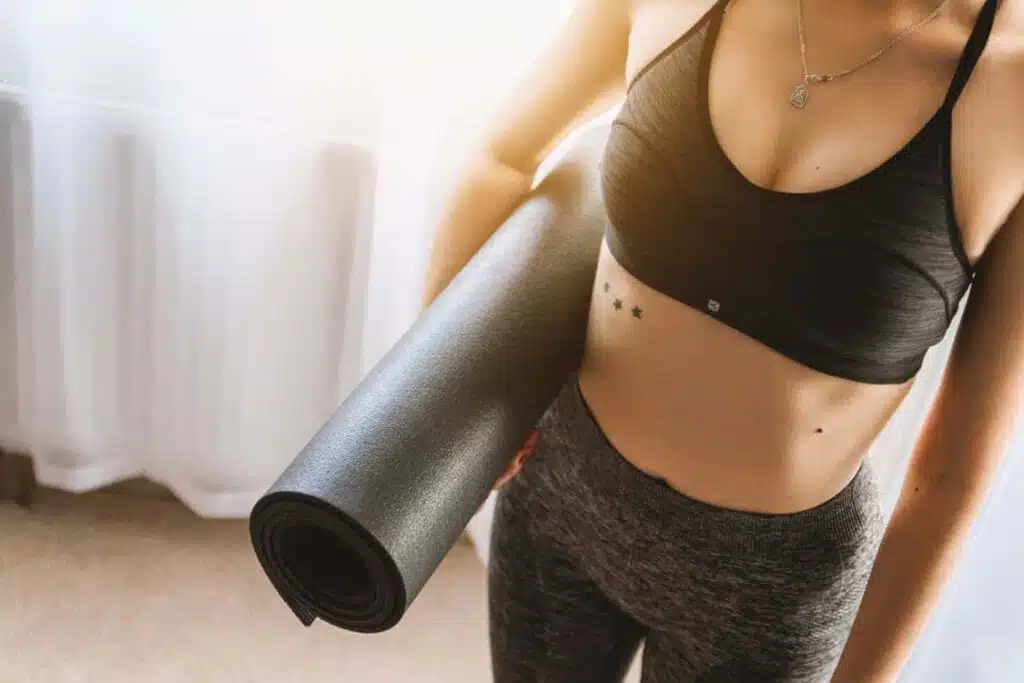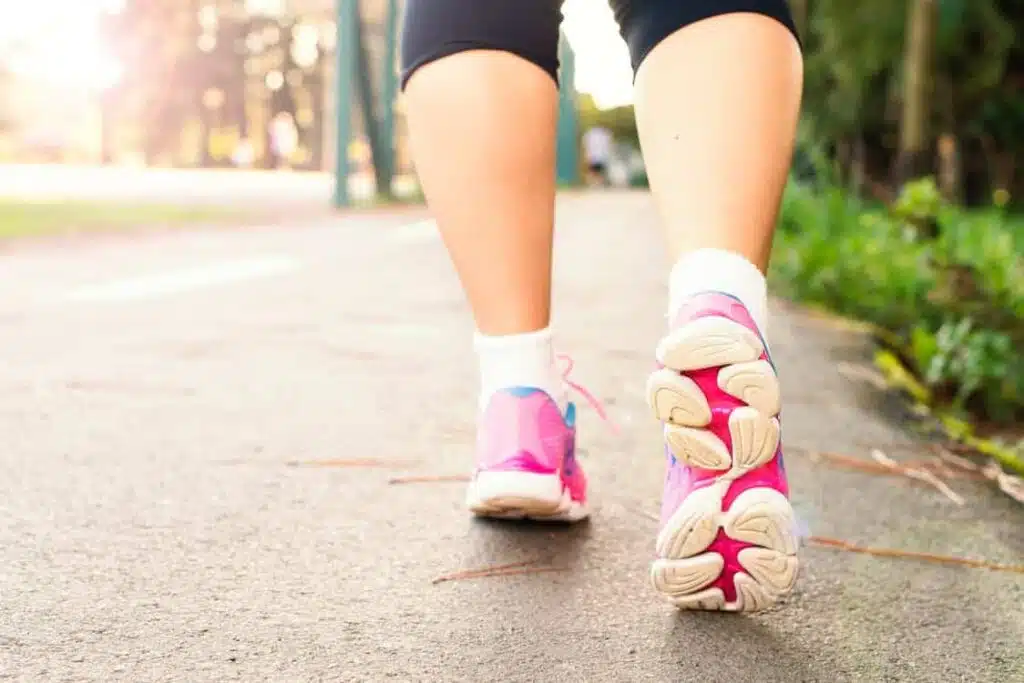
There are a lot of catchy but terrible sayings in the fitness world, but by far one of the worst has to be “no days off”.
In fitness, more isn’t always better.
It’s all too easy to fall into the mindset that working out harder or more frequently will only lead to more results. Ironically, this belief is more likely to hinder your progress than help it. Here’s why, and what you can do instead.
Why You Can’t Train Every Day
Here’s something you might not have realised: the real effects of your workouts don’t take place on the days you work out, but the days you don’t.
The days you allow your body to rest is when your body can repair the “damage” you’ve caused during your workouts and, in turn, change. That means building new muscle.
To put it simply, you train so you can rest.
Additionally, never taking a rest day is bound to eventually leave you burnt out and unable to perform at your best, making your workouts — and results — seriously suffer. Hence why training too often isn’t necessarily going to lead to greater gains.

That’s not to say you should be confining yourself to the couch on your off days. Being sedentary all day isn’t going to do your body any favours, no matter how much you smashed leg day.
Does this mean you should force yourself to hit the gym when you’re feeling seriously wrecked from yesterday’s workout? Definitely not. The key is striking the perfect balance between giving yourself adequate rest while still moving your body in some way.
The answer? Active rest days.
Rest Days Vs Active Rest Days
A rest day is simply a day where you don’t work out, allowing your body to rest and repair. An active rest day involves staying mobile and active without any intense physical activity or workouts.
Both kinds of rest days will allow your body to do what it needs to do outside of training. The difference with active rest days is the benefit of staying active and improving mobility.
Whether you’re a hardcore runner or married to the weights room, improving your mobility is going to show up in your workouts. Better mobility means you’ll have more fluid and flexible joints, increasing your range of motion and decreasing risk of injury. Think of it as pre-training for your workout to gain that extra advantage.

There’s also a lot to be said for making an effort to stay somewhat active, even on a rest day. While the occasional all-day gaming session is okay, working out for an hour five times a week doesn’t mean you can spend the other 100+ waking hours of the week in a mostly seated position. That’s not exactly optimal health.
Taking one to two active rest days each week not only help you to stay active outside of your dedicated workout times, but gives gym rats permission to hit up the gym seven days a week without burning out. It’s a win-win.
What to Do on an Active Rest Day (and What to Avoid)
The aim of an active rest day is to focus on both movement and recovery. It’s not about sweating, burning calories or getting a pump on. Think active but easy.
An active rest day can be a great excuse to get outdoors and spend time with friends, family and pets, but you don’t have to avoid the gym completely. In fact, it can be a fantastic way to keep up the routine of hitting the gym so you don’t fall out of habit.
Here are some things you can do on your active rest days:
- Hiking and walking (especially if you have a dog!)
- Cycling (not a spin class)
- Stretching and foam rolling
- Yoga
- Pilates
- Sport (think casual backyard cricket, not competitive rugby)
- Dancing
- Rock climbing
- Playing with your kids
- Easygoing bodyweight or callisthenics skill work, such as handstand practice
- Swimming
- Window shopping (yes, really)
Remember that disclaimer about not trying to work up a sweat or burn calories? That means avoiding intensive or exhausting workouts. Save those challenging fitness classes, HIIT workouts, runs and heavy lifting for your workout days.
Need some extra incentive to step away from the TV on your rest days? Grab some mobility equipment to keep at home, like a foam roller and a yoga mat. You can even do your mobility work in front of the TV if you want. Hey, it still counts!